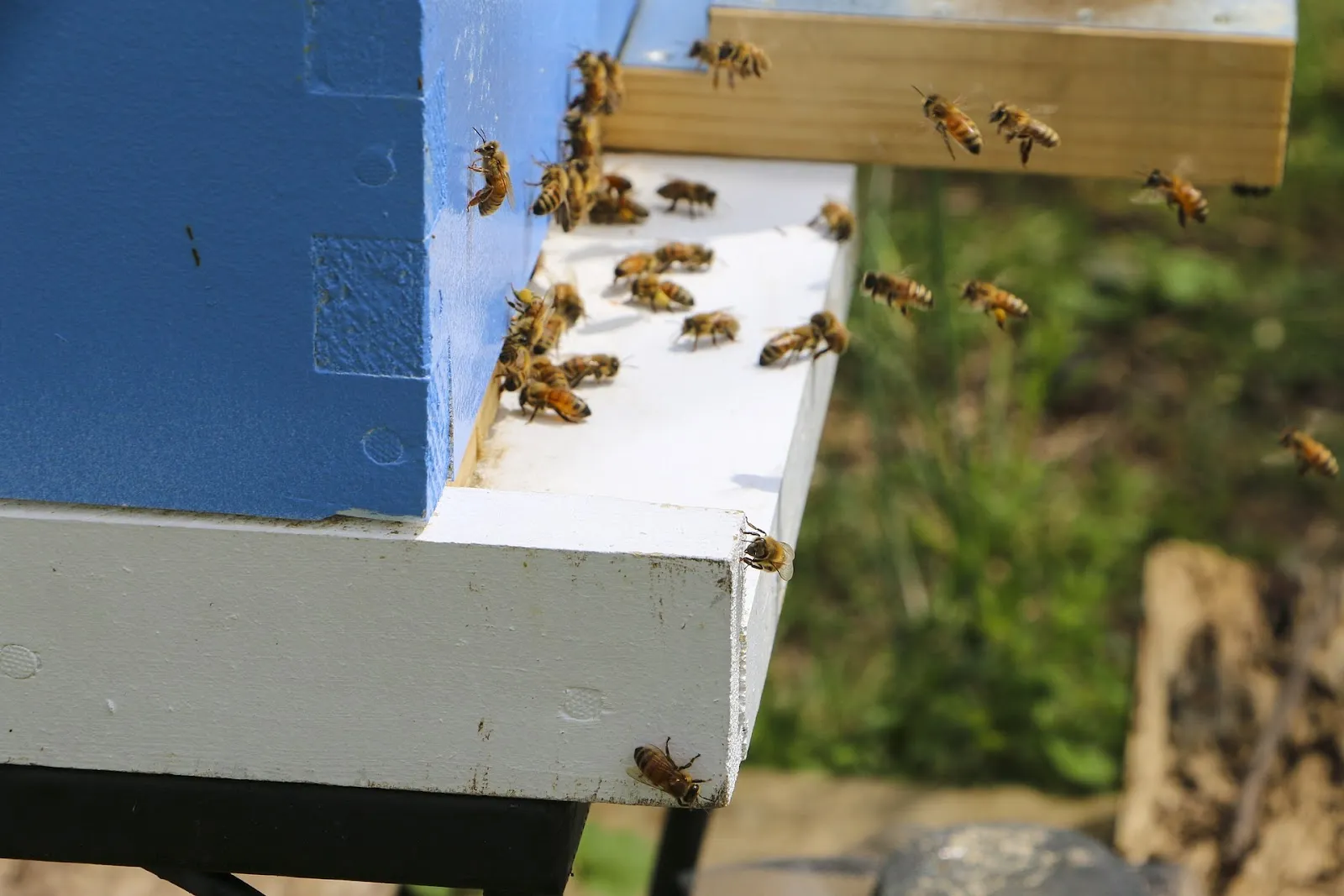Have you ever wondered how long a bee nest lasts? For many people, the life span of a bee nest is a mystery. This article will explore the life span of a bee nest and uncover the variety of factors that can affect its longevity. From the size of the nest and the species of bee to the environment and season, we will examine the many elements that influence how long a bee nest will last.
What is a Bee Nest?
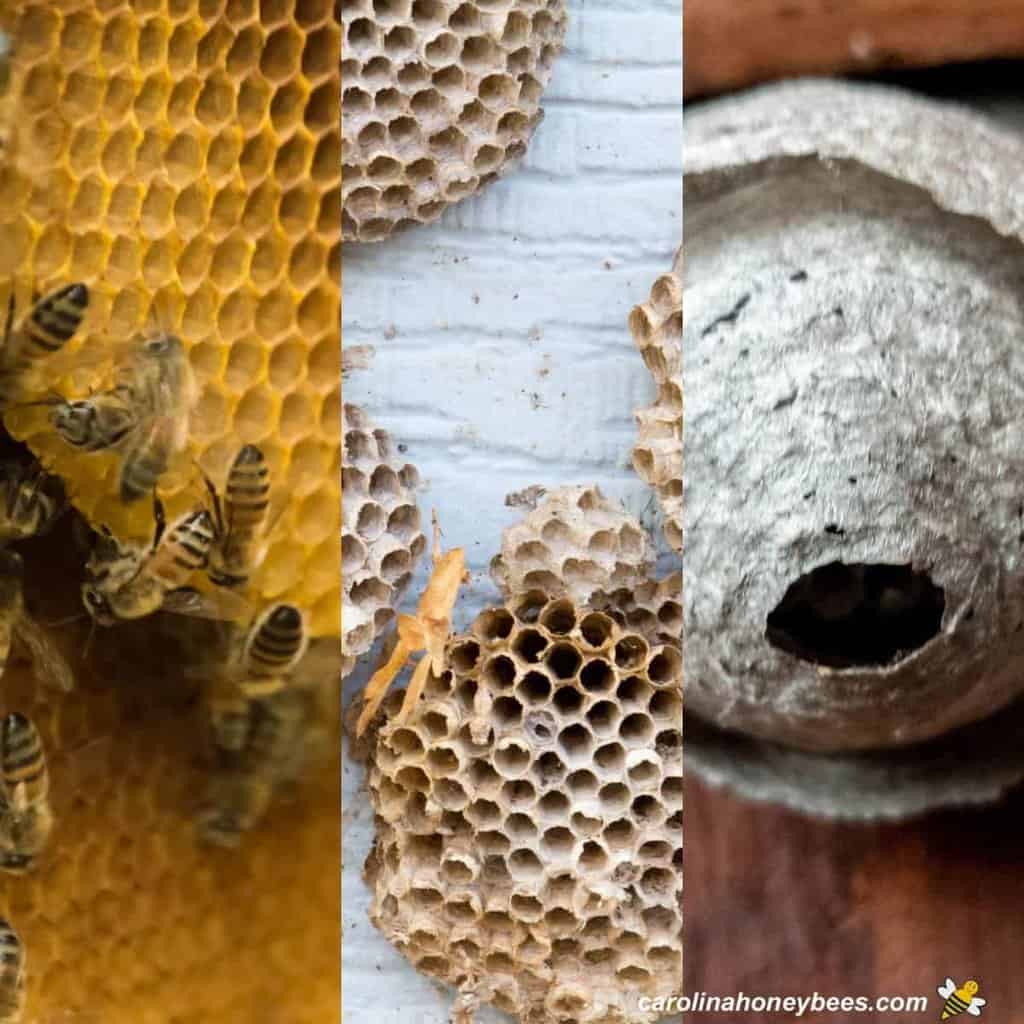
A bee nest is a structure created by bees for their colony to live in. Honeybees live in colonies, meaning they build a collective home made up of wax and resin, which they use to store honey, larvae and pollen. They protect their nest from predators and the elements, and it is their only home.
Bee nests vary in size and complexity depending on the species and type of bee. Honeybees build a nest that consists of multiple combs made up of hexagonal wax cells that house the larvae and honey. Bumblebees build smaller nests, usually in the ground or in wood, and they consist of a single comb with a single layer of cells.
The lifespan of a bee nest depends on the type of bee and the environment. In general, honeybee nests last a few years and bumblebee nests last one season. In a favorable climate, honeybee nests can last up to five years, while bumblebee nests typically last only one season.
To determine how long a bee nest will last, it is important to understand the species of bee and the environment in which it lives. In addition, the health of the bee colony also plays a role in determining the longevity of the bee nest.
Factors Affecting the Life Span of a Bee Nest
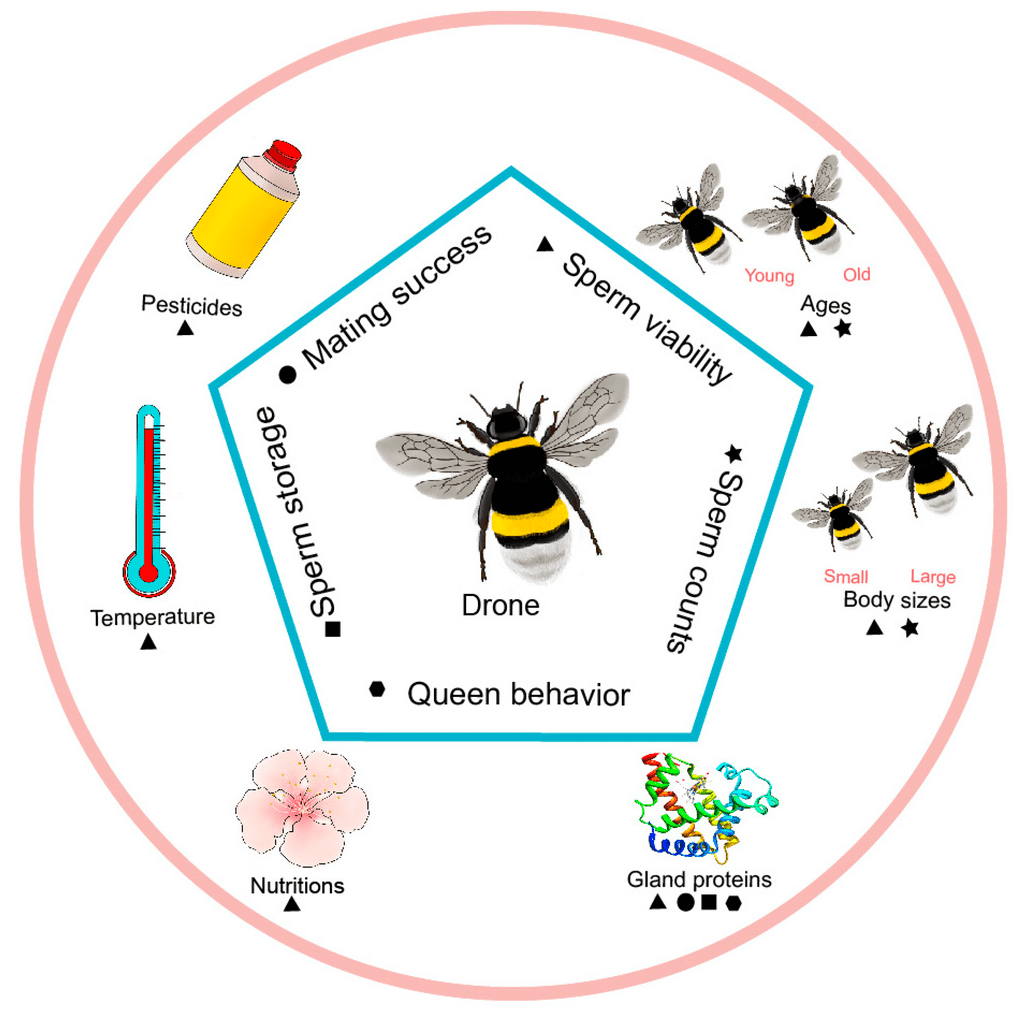
Climate
The average life span of a bee nest can be greatly affected by the climate in which it resides. Warmer climates can provide more opportunities for the bees to increase the size and strength of their nest, while colder climates can reduce the lifespan and resources available to the nest.
Size of Colony
The size of the bee colony can also have a large impact on the lifespan of a bee nest. A larger colony of bees will require more resources and will generally have a shorter lifespan than a smaller colony, as the resources available to the nest will be quickly depleted.
Time of Year
The time of the year can also play a role in the lifespan of a bee nest. During the summer months, the bees will have more resources available to them, allowing them to build a larger, stronger nest than in the winter months, when resources are much more limited.
Overall, the lifespan of a bee nest can vary greatly depending on the climate, size of the colony, and time of year. By taking these factors into consideration, the average lifespan of a bee nest can be estimated.
The Average Life Span of a Bee Nest
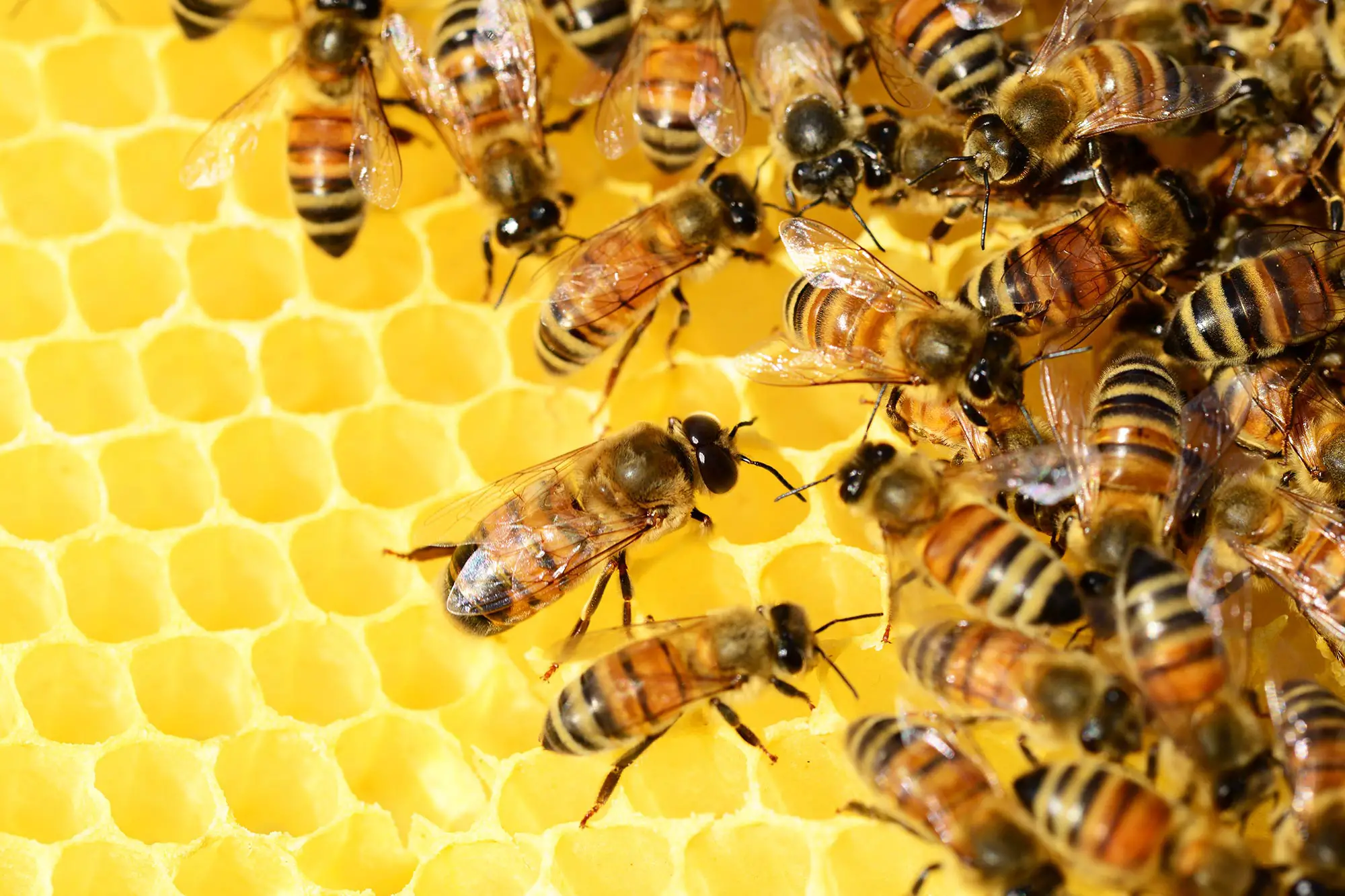
Nest Lifespan:
- The average lifespan of a bee nest is typically one year.
- However, bee nests can last up to two years with proper management.
- The lifespan of a bee nest is largely dependent on the environment, resources, and the species of bee.
Factors Affecting Nest Lifespan:
- The environment, resources, and the species of bee are the three primary factors that influence the lifespan of a bee nest.
- In a good environment with ample resources, a nest can survive for two years or more.
- In harsher conditions, a nest may only survive for a few months.
- The species of bee also affects the lifespan of a bee nest. Some species are more resilient than others, and can survive in harsher conditions.
Managing a Nest:
- Good management is essential for ensuring the longevity of a bee nest.
- This includes providing ample resources, such as food and water, and regulating the environment to ensure it is suitable for the bees.
- It is also important to regularly inspect the bee nest to ensure that it is healthy and free of pests or disease.
Conclusion:
The average lifespan of a bee nest is typically one year, although it can last up to two years with proper management. The environment, resources, and species of bee all have an effect on the lifespan of a bee nest. Good management is essential for ensuring the longevity of a bee nest, and it is important to regularly inspect the bee nest to ensure that it is healthy and free of pests or disease.
Why the Life Span of a Bee Nest Varies
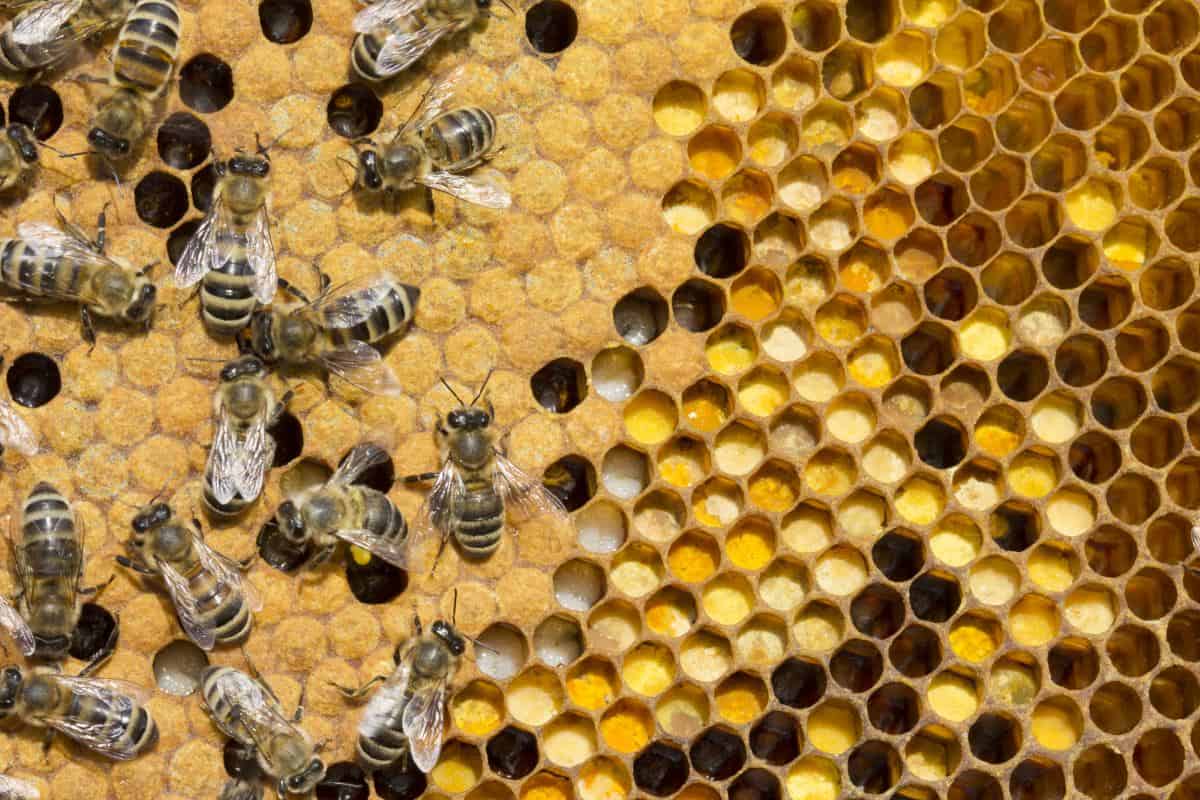
The life span of a bee nest is determined by multiple factors, including the species of bee, the health of the hive, and the environment. The species of bee is the most important factor in determining the life span of a bee nest. Some bee species, such as honeybees, can live in the same nest for up to five years, while other species, such as bumblebees, may only live in a nest for a single season. The health of the hive is also a key factor in determining the life span of a bee nest. If the hive is infested with parasites or disease, the lifespan of the nest may be drastically reduced. The environment in which the nest is located can also affect its life span. If the nest is located in an area with extreme temperatures or drought conditions, its lifespan may be significantly shorter than if it were located in a more suitable environment.
| Factor | Description |
|---|---|
| Species of bee | The type of bee that inhabits the nest determines the maximum lifespan |
| Health of the hive | Parasites and disease can shorten the life span of the nest |
| Environment | Extreme temperatures or drought can reduce the lifespan of the nest |
Signs of a Bee Nest Coming to an End
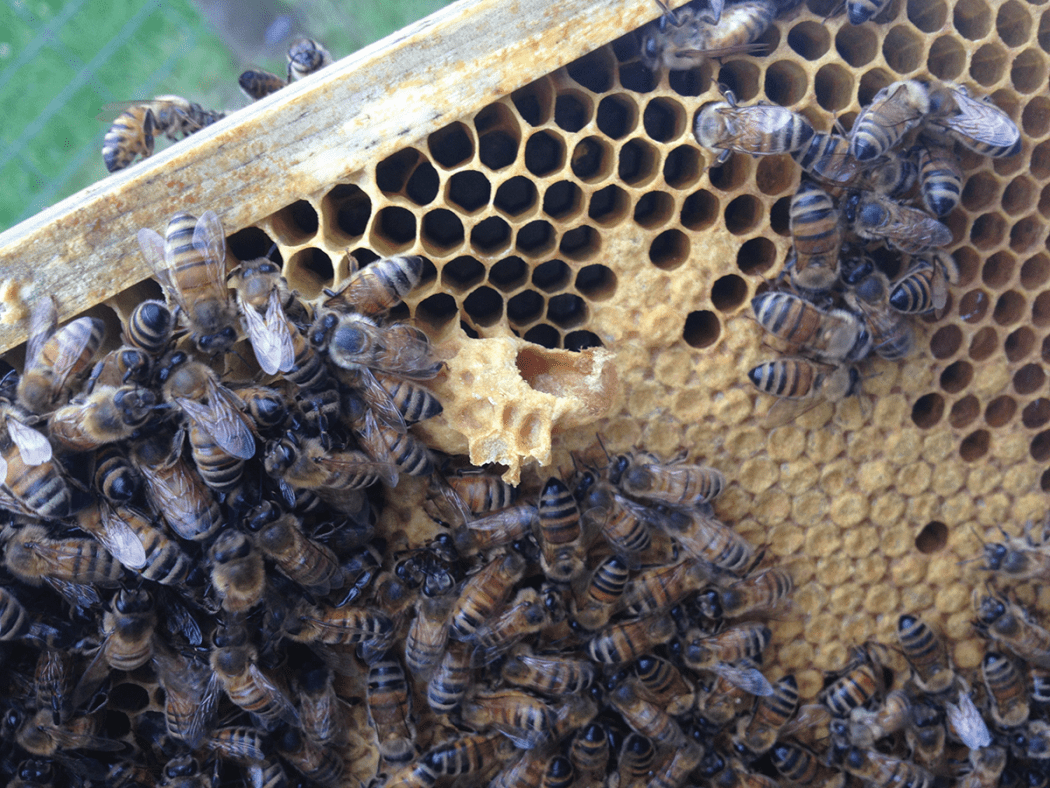
As the bee nest ages, there are some signs that indicate it is coming to an end. These include fewer worker bees, a decrease in production of honey, and an increase in the number of dead bees.
The first sign is a decrease in worker bees. Worker bees are responsible for collecting nectar and pollen, and when they start to decline, the bee colony will not be able to collect enough resources to sustain itself.
The second sign is a decrease in the amount of honey produced. As the colony ages, the number of worker bees will decline, resulting in less nectar and pollen being collected. This in turn will result in less honey being produced.
The third sign is an increase in the number of dead bees. As the colony ages, the number of worker bees will decline and the number of idle bees will increase. This leads to an increase in the number of dead bees as the idle bees are unable to collect resources.
These signs indicate that the bee nest is nearing its end, and it is important to monitor the nest for these signs to ensure the health and wellbeing of the colony.
Ways to Extend the Life Span of a Bee Nest
- Provide necessary nutrition: Bees require pollen and nectar for sustenance, so it is important to make sure that there is an adequate food source nearby. Planting flowers and providing water sources can help attract bees to the area and keep the nest healthy.
- Maintain a safe environment: Make sure to avoid using pesticides or other chemicals near the nest, as these can be harmful to the bees. Additionally, it is important to keep the area free of debris, as this can attract predators that may harm the nest.
- Protect the nest from the elements: Bees are sensitive to temperature, humidity, and other environmental factors. Be sure to provide shade and shelter, as well as insulation, to protect the nest from the elements.
- Monitor the nest regularly: Be sure to inspect the nest regularly to ensure the health of the bees and the longevity of the nest. This can help you identify potential problems and address them before they become too serious.
- Provide a hospitable environment: Make sure the area surrounding the nest is hospitable for bees. This can include providing a source of water, removing debris, and other measures.
Safety Considerations
- Wear protective clothing: Always wear protective clothing such as gloves, long sleeves, and a face guard when handling bee nests.
- Avoid direct contact with bees: Avoid direct contact with bees, as they can become aggressive and sting if they feel threatened.
- Use caution when working with bee-attracting plants: Be aware of bee-attracting plants such as lavender, which can attract bees to the area.
- Stay upwind: When working with bee nests, stay upwind to avoid being stung by bees.
- Keep children away: Ensure that children are kept away from bee nests, as their presence can agitate bees.
- Be aware of allergies: If you or someone in your vicinity has an allergy to bee stings, be extra cautious when working with bee nests.
Frequently Asked Questions
What factors can affect the life span of a bee nest?
The life span of a bee nest is determined by a variety of environmental and ecological factors. Climate, food availability, predation, disease and parasites, and colony size all contribute to the survival of a bee colony. Unfavorable weather can lead to poor foraging, which can result in a weakened colony and shorter lifespan. Additionally, a lack of food sources can lead to a shortened life span due to starvation. Pests and diseases, such as mites and viruses, can also cause a bee colony to die out. Finally, colony size can have a major effect on the life span of a bee nest. A large colony with more foragers has a higher chance of survival than a smaller colony.
How often do bee nests need to be replaced?
Bee nests typically last two to three years. The life span of a bee nest depends on a variety of factors, such as the type of nest, the location of the nest, and the maintenance of the nest.
- The type of bee nest may affect its life span. A bee nest made of wax comb may last up to three years, while a bee nest made of paper may last up to one year.
- The location of the bee nest may also contribute to its life span. Bee nests located in a sheltered area, such as a cavity wall, may last longer than those located in an exposed area.
- The maintenance of the bee nest can also influence its life span. Beekeepers should regularly inspect their bee nests for signs of wear and tear, and replace any damaged combs or parts.
Beekeepers should replace their bee nests every two to three years, or as needed. This will ensure that the bee nest is in good condition and that the bees are healthy and productive.
What Type of Environment is Most Suitable for a Bee Nest?
Bees need a sheltered, dry environment to build their nests. The ideal place for a bee nest is in a sheltered spot, such as under the eaves of a house or in a hollow tree. The nest should be away from strong winds, direct sunlight, and rain. In addition, it should be close to a water source and plants that provide nectar and pollen for the bees.
What are the Signs of a Bee Nest Nearing the End of its Life?
As a bee nest nears the end of its life, the signs become more evident. The bee population will start to decline, with fewer workers returning to the nest after foraging trips. The bee queen, who is responsible for laying eggs, may stop producing and therefore the population will dwindle further. The bee hive will become inactive, with fewer workers flying in and out, and the honeycomb will start to deteriorate. The mites and parasites that previously inhabited the hive may also become more noticeable, as the number of bees to keep them in check has decreased.
Is there a way to extend the life span of a bee nest?
The life span of a bee nest can be extended by taking certain measures to ensure a healthy bee population. Here are some of the most effective ways:
- Provide Adequate Forage: Bees rely on forage for sustenance and nutrition, so providing ample forage sources such as flowering plants and trees will help to ensure a steady supply of food for the bees.
- Protect Nest Sites: Bee nests should be protected from predators, extreme weather conditions, and other human activities.
- Reduce Stressors: It is important to reduce stressors such as pesticides and other chemicals that can harm bees.
- Provide Adequate Space: Bees need space to build their nests and forage for food, so providing adequate space is key to extending the life span of a bee nest.
- Maintain a Balanced Diet: Bees need a balanced diet of protein, carbohydrates, fats, and minerals to stay healthy. Providing a variety of food sources will help to ensure the bees have access to all the necessary nutrients.
- Manage Parasites: Parasites can weaken and even kill bees, so it is important to monitor and manage the presence of parasites to ensure the health of the nest.
By taking these measures, it is possible to extend the life span of a bee nest and promote a healthy bee population.
Conclusion
Bee nests have a life cycle that varies depending on the species, location, and environmental conditions. Generally, a bee nest can last anywhere from a few days to a few years. As bee populations decline, it is important to protect bee nests and support their survival. By providing a safe haven for bee nests, we can help to preserve bee populations and the environment they support.
